Fascism has not come to America
Those celebrities and academics fleeing Trump’s ‘far right’ US betray a total ignorance of history.
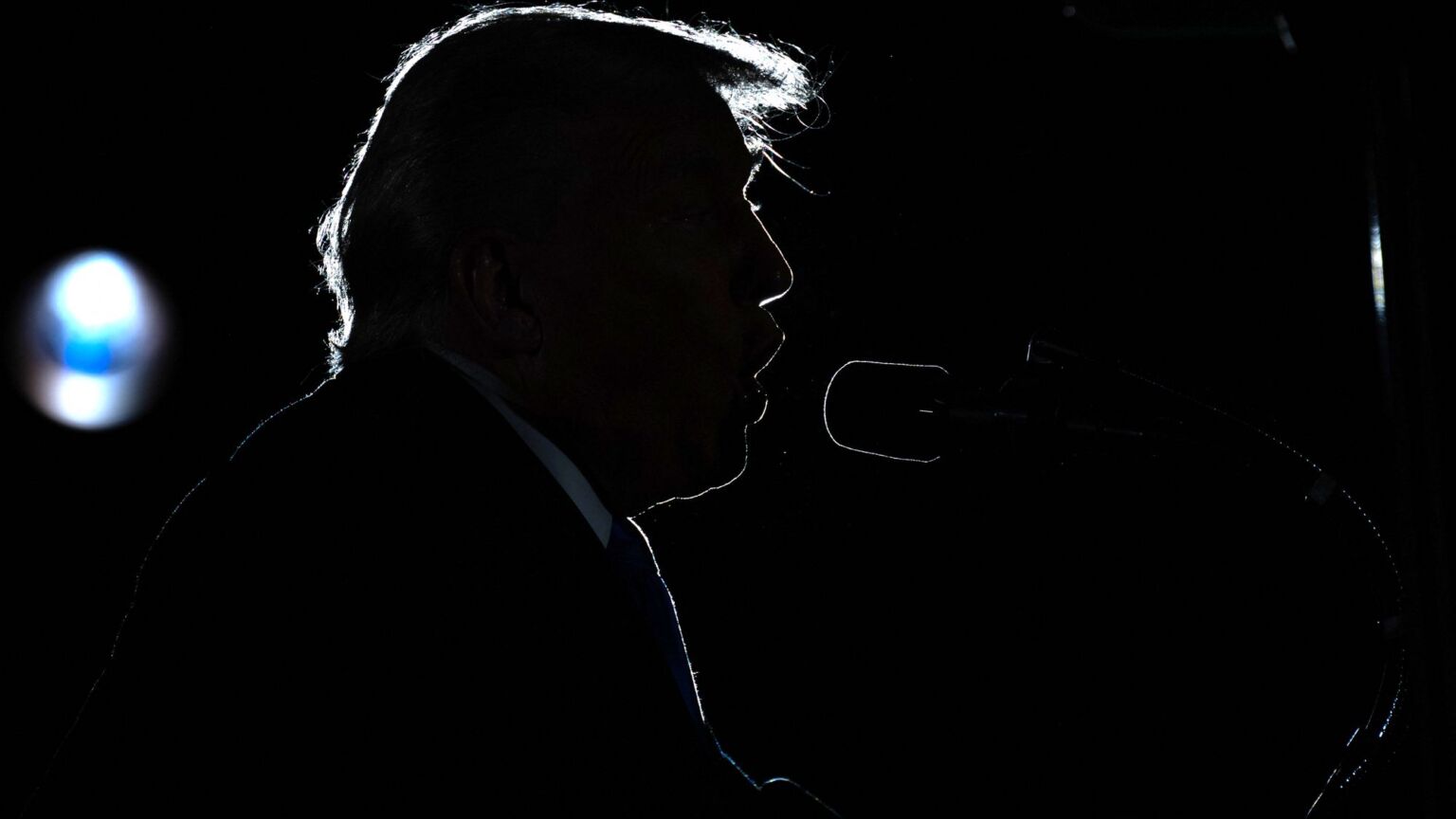
Want unlimited, ad-free access? Become a spiked supporter.
Endless jeremiads from the mainstream media, academia and a large chunk of the political class warn that Americans are on the precipice of a fascist hell, presided over by our own orange-haired Il Duce. Some prominent progressive scholars, like Yale’s Timothy Snyder, a historian of fascism, claim to have read the Weimar-like tea leaves and have now relocated to Canada.
Trump’s vengeful actions against his well-entrenched enemies certainly invite parallels to the kind of behaviour exhibited by fascist leaders, as well as their Communist analogues like Stalin or Mao Zedong. But we are far from a Fourth Reich. Somewhere between 3.3million and 5.6million protesters attended the anti-Trump ‘No Kings’ protests last month and were met with no pushback from the authorities. This clearly would not happen in a truly fascist country. Nor would Trump’s political enemies still control most of the media, academia and the vast non-profit world. In Hitler’s Germany or Mussolini’s Italy, they would have been supplanted, jailed or even executed.
Critically, MAGA is hardly the Nazi Party or Mussolini’s Fascists or, for that matter, the Bolsheviks. It represents, rather, an ad hoc and fundamentally unstable alliance. It spans career GOP political hacks, rogue billionaire executives, rabid Evangelicals, radical populists and media screamers – including some who espouse racist themes, as well as the equally awful Tucker Carlson.
As the fallout over the so-called Epstein files suggests, MAGA’s prime chatterers are less focussed on coherent policy than on conspiratorial hysteria. It is hardly a mass movement across a broad spectrum of the population, but essentially a rebellion of the middle orders and mostly older voters – 60 per cent of the Trump base was aged over 50 in 2024. Trump himself is a blimpish 79-year-old who seems ready for serious decline, while Mussolini and Hitler were in their late 30s and early 40s respectively when they took power.
Furthermore, both Hitler and Mussolini expressed a horrific, but coherent worldview with broad appeal. Italian fascism ‘drew in all class levels, from workers to the aristocracy’, notes art historian Martina Caruso, who is writing a book about her grandfather, Pietro Caruso, who was executed for crimes committed as Rome’s chief of police under Mussolini.
Indeed, Mussolini’s rise during the 1920s was widely hailed even in democratic countries. It was fuelled by media skills acquired as editor of a prominent daily, and by a vision that many people found alluring and inspiring. ‘It stirred people with a contemporary culture including the cult of beauty, the fetishism of courage (and by extension of violence), the sense of belonging to a community’, Caruso suggests. ‘That’s how he gained hegemony – through symbols, mass rituals, the media and modernist architecture.’ If that sounds far removed from the MAGA movement, then that’s because it was. Architects, artists and college students are not exactly flocking en masse to Donald Trump, much less donning uniforms.
Perhaps the biggest difference between Trumpism and fascism is that Trump stands, first and foremost, for Trump. He has no true ideological lodestone, which makes the fevered attempts to discern one just silly. His appeal lies not in the revolutionary rhetoric of the 1930s but in seemingly commonsense alternatives to the truly insane policies of the increasingly left-leaning Democrats – on issues from the border and transgender ‘rights’ to the protection of the criminal class. Economically, MAGA is more reactionary than visionary, pointing, as it does, towards a return to the torpid 1950s.
In contrast, Benito Mussolini identified himself as a ‘revolutionary’ transforming society. He wanted the state to become ‘the moving centre of economic life’. Fascist corporatism was widely embraced by Confindustria, the leading organisation of Italian industrialists, which was glad to see the end of class-fuelled conflict and welcomed the state’s investment in infrastructure. This may not have made all capitalists fascists at heart, but it preserved what Mussolini called formal adherence to the regime. His approach gained a surprising amount of admiration in Britain and elsewhere.
In some ways, fascist corporatism – rejecting the autonomy of private interests – is closer to ‘stakeholder capitalism’ and the environmental ‘great reset’ than it is to Trumpanomics, with its mixture of protectionist tariffs and tax cuts.
Indeed, the fascist streak of Trump’s long-term opponents is even more in evidence when it comes to their attitude to that most critical of rights: free speech. Ever since the 1960s, traditional liberal notions of free speech have been undermined, particularly in academia, by New Leftish notions of ‘repressive tolerance’, authored by German exile Herbert Marcuse, as well as the deeply violent ‘revolutionary ideas’ concocted by Michel Foucault, Frantz Fanon and Mao.
These ideas have helped birth an increasingly authoritarian mood on campuses – a mood that recalls the popularity of fascist ideology among students a century ago. This authoritarianism comes primarily not from traditional repressive rightists, but from the mainstream left, which targets what it sees as ‘far right’. This includes anyone embracing even vaguely Trumpian ideas.
Technology has made such censorship more effective, as seen in recent attempts – using ostensibly private platforms – to shut down dissident voices over Covid, as well as on climate-related issues. The Hunter Biden laptop scandal, as Matt Taibbi has noted, involved major outlets like NPR refusing to cover the story, while their confederates at (pre-Musk) Twitter and Facebook succeeded in de-platforming the New York Post, America’s oldest newspaper, which broke the story. In some cases, tech firms like PayPal have also pressured financial institutions to ‘demonetise’ sites deemed offensive to ‘progressives’.
This brazen use of power, left-wing gadfly Glenn Greenwald suggests, ‘crosses a line more dangerous’ by eliminating potential media competitors and giving priority to ‘respected’ backers of the existing power regime, such as CNN and the major eastern dailies. Remarkably, the very writers at places like the Atlantic or the New York Times, who rightly denounce Trump’s infantile moves to sue media and attack his perceived enemies, had few complaints about the Biden administration’s attempts to muzzle unfavoured speech.
It is not the far right that now tries to disqualify candidates or ban opposition parties, but the mainstream left and its more radical allies. ‘We live in a bizarre world’, jokes former US ambassador to Italy Ronald Spogli, ‘where the fascists are the only ones who still believe in free speech’. Indeed, Italy may be ruled by descendants of the fascist regime, but it seems no more hostile to free speech than its more ‘liberal’ neighbours – and also far less anti-Semitic. Canada, the country to which academic Snyder has fled, has led the way in censoring speech, even debanking those opposed to state policies. The once tolerant country is now so widely anti-Semitic that some Jews are considering migration to Israel or the US – the left’s favuourite candidates as bastions of fascism.
In reality, once you get beyond Trump’s childish and churlish utterances, his lawfare against media giants and the unreasonably cruel immigration crackdown, life for most Americans is arguably freer now than it was under Biden. Speech codes are being dismantled at universities and restrictions on social media have collapsed. His excesses will be curbed by political and legal realities, particularly as he has a far from resounding electoral mandate, despite what he often claims.
There is plenty to worry about of course. Growing polarisation is fuelling violent extremism, like the 2020 BLM disturbances, the 6 January Capitol riots and, more recently, the violent turn in the anti-ICE demonstrations in cities like LA – all markers of a country moving towards Weimar-like instability. Similarly, Islamist protests and riots in Europe recall the atmosphere of the 1930s.
But fascism today, as Martina Caruso suggests, will not take the crude form of Mussolini or Hitler. Nowadays, control is exercised increasingly by technology that ‘leaves us enslaved through social media and online purchases’, she says. We are too distracted by our screens to engage in the highly organised public demonstrations so intrinsic to fascist ritual. Fascism today, she notes wryly, ‘seems sneaky and harder to identify since we may not be aware of how it is transforming public forums and our own behaviour’.
Empowered by ever-evolving technology, the fascism of the future will likely look more like Aldous Huxley’s Brave New World than Nineteen Eighty-Four – more drugs and less boiled cabbage. In ways both more subtle and pervasive, our modern ‘controllers’ can now seek to reshape humanity with weapons unknown during Mussolini’s attempted reinvention of Italian character or Hitler’s embrace of racial hierarchy.
Here, in the nexus of political and ever-greater corporate concentration – a handmaiden to fascism in both Italy and Germany – a 21st-century high-tech fascism may emerge. Vast power in few hands, notably in finance and technology, could develop, in concert with a corporatist government, into a system in which the highly credentialled and technologically dominant have almost total reign.
Fortunately, we in the West have not yet reached Huxley’s Brave New World, or even China’s high-tech police state. Tech cadres do not yet control all aspects of life, just as we are not yet created in birthing vats. The sinews of civic culture remain – churches, independent journals, local associations and small businesses – although weakened by a society ever more subject to subtle manipulation and interpersonal alienation. Liberal democracy can survive as long as there is a will to defend it.
Joel Kotkin is a spiked columnist, a presidential fellow in Urban Studies at Chapman University in Orange, California, and a senior research fellow at the University of Texas’ Civitas Institute.
You’ve read 3 free articles this month.
Support spiked and get unlimited access.
Help us hit our 1% target
spiked is funded by readers like you. It’s your generosity that keeps us fearless and independent.
Only 0.1% of our regular readers currently support spiked. If just 1% gave, we could grow our team – and step up the fight for free speech and democracy right when it matters most.
Join today from £5/month (£50/year) and get unlimited, ad-free access, bonus content, exclusive events and more – all while helping to keep spiked saying the unsayable.
Monthly support makes the biggest difference. Thank you.

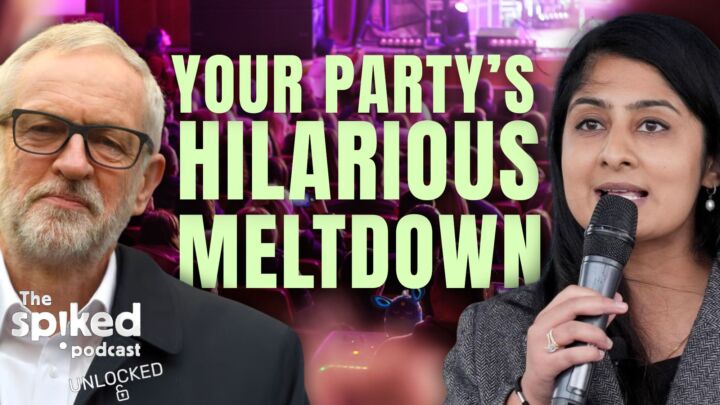
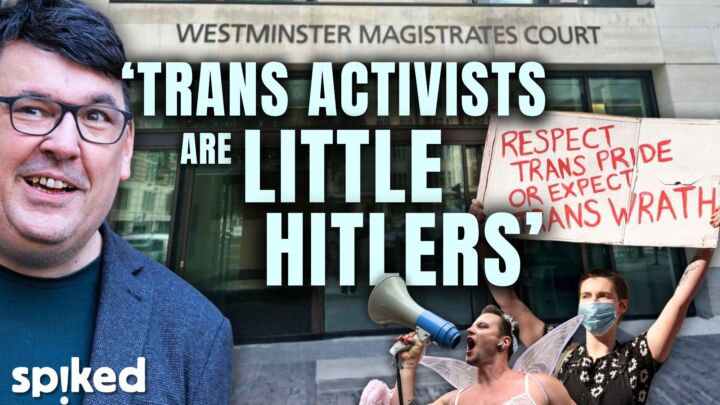
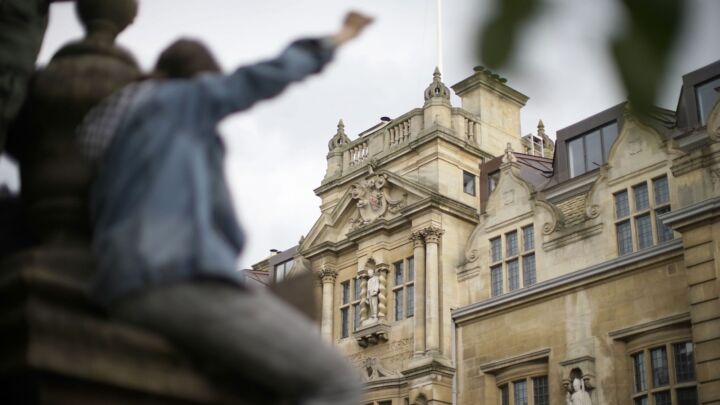




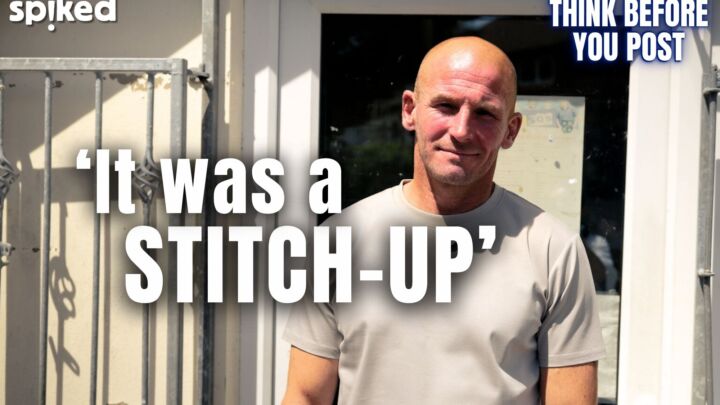
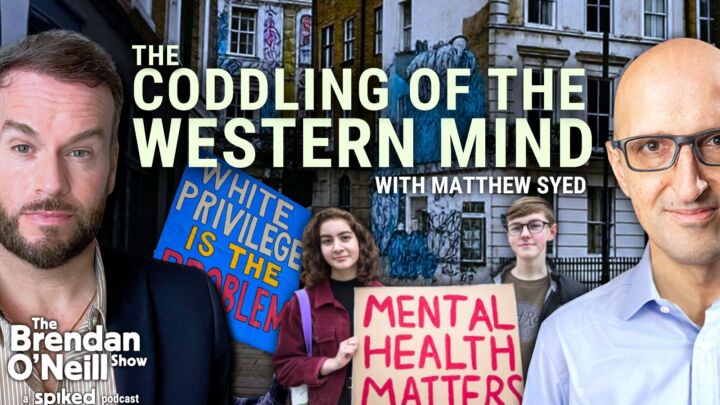
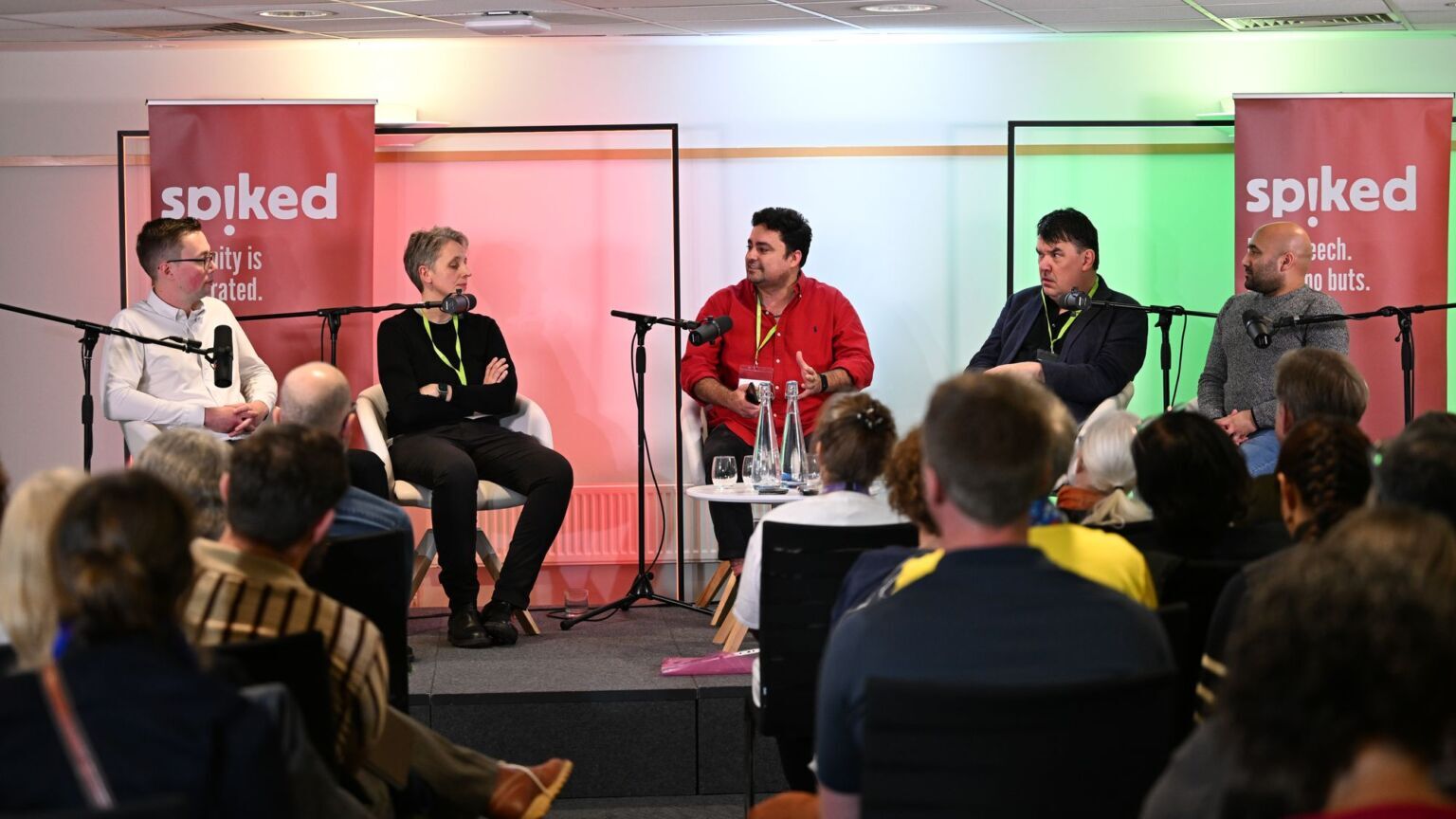
Comments
Want to join the conversation?
Only spiked supporters and patrons, who donate regularly to us, can comment on our articles.